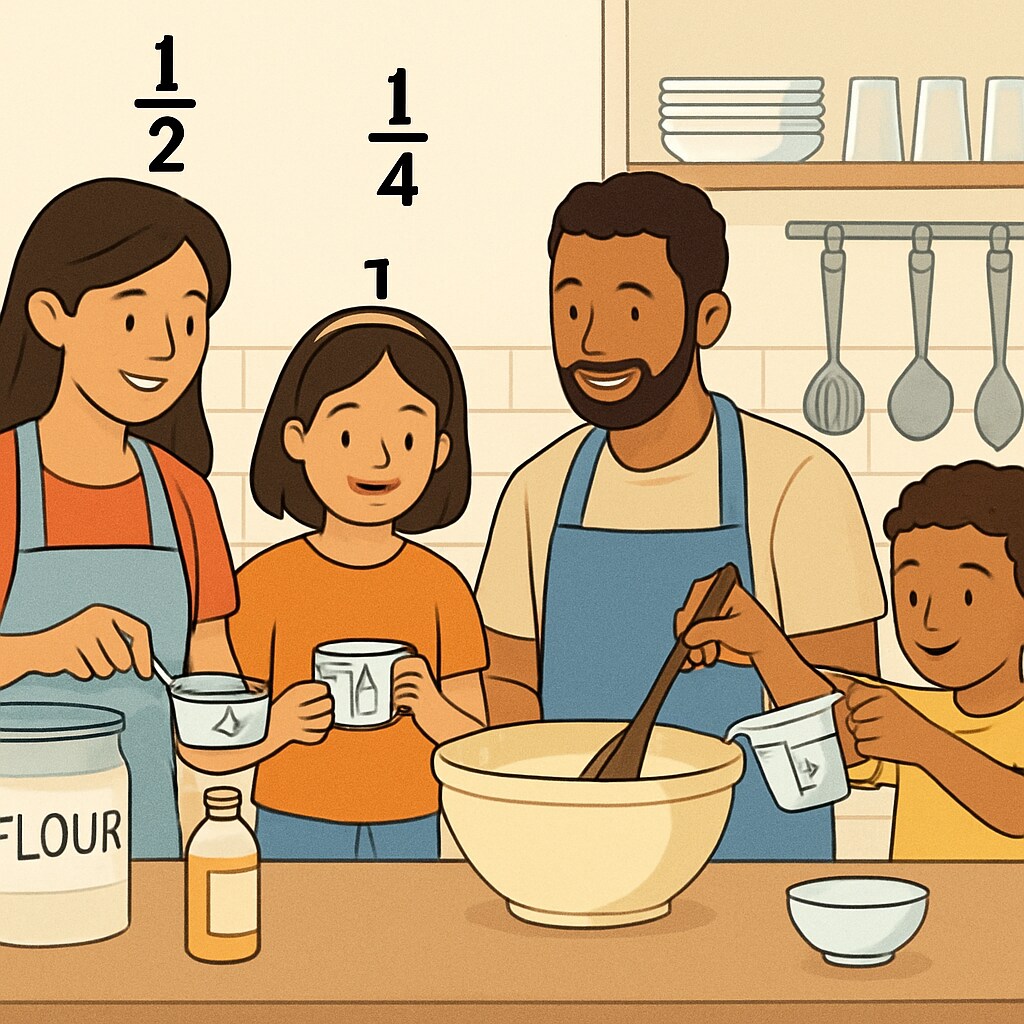When children question the necessity of math education, learning motivation, and effective communication play a crucial role in addressing their concerns. Instead of relying on a generic “you’ll need it in the future” response, it’s essential to delve deeper into why math matters and how it contributes to their lives. This article will provide practical strategies to inspire kids and help them see the beauty and relevance of math through real-world applications, cognitive development, and personalized dialogue.
How Math Shapes Everyday Life
To spark a child’s interest in math, it’s vital to connect the subject to everyday scenarios. Math is not just about numbers and equations; it’s embedded in activities like cooking, shopping, and even sports. For example, understanding fractions is necessary when adjusting a recipe or calculating the score in a game. Highlighting these connections can make math feel more tangible and less abstract.

Moreover, math serves as the foundation for technological advancements. From designing apps to working in robotics, math is integral to innovation. By showing kids how math is applied in exciting fields, you can motivate them to explore its potential.
Building Cognitive Skills Through Math
Math is more than problem-solving; it’s a tool for developing critical thinking and analytical skills. Engaging with math helps children learn how to approach challenges logically and systematically. These cognitive skills are transferable to other subjects and real-world situations, such as planning budgets or evaluating risks.
For example, geometry fosters spatial reasoning, which is essential for architecture and design. Probability and statistics are invaluable for making data-driven decisions in fields like medicine or business. By emphasizing these cognitive benefits, parents and educators can help children appreciate math’s value beyond the classroom.

Effective Communication: Tailoring the Message
Personalized communication is key when addressing a child’s doubts about math. Instead of delivering a one-size-fits-all explanation, consider their interests and aspirations. For instance, if a child is passionate about gaming, discuss how math is used in game development. If they love art, introduce them to concepts like symmetry and proportions.
It’s also helpful to acknowledge their feelings and challenges. Statements like “I understand math can feel tough sometimes, but it’s a skill that grows with practice” can make conversations more empathetic and encouraging.
In addition, asking open-ended questions like “What do you think math is used for?” can help children reflect on its relevance and engage in meaningful dialogue.
Conclusion: Inspiring a Lifelong Love for Math
Answering “Why learn math?” requires thoughtful communication and relatable examples. By connecting math to daily life, emphasizing its cognitive benefits, and tailoring explanations to individual interests, parents and teachers can ignite a child’s passion for the subject. Ultimately, math education is not just about acquiring knowledge; it’s about shaping confident, curious thinkers who see the world through the lens of possibilities.
Readability guidance: Use short paragraphs and lists to summarize key points; ensure smooth transitions using words like “however,” “for example,” and “in addition.” Avoid lengthy sentences and maintain an engaging tone throughout.


